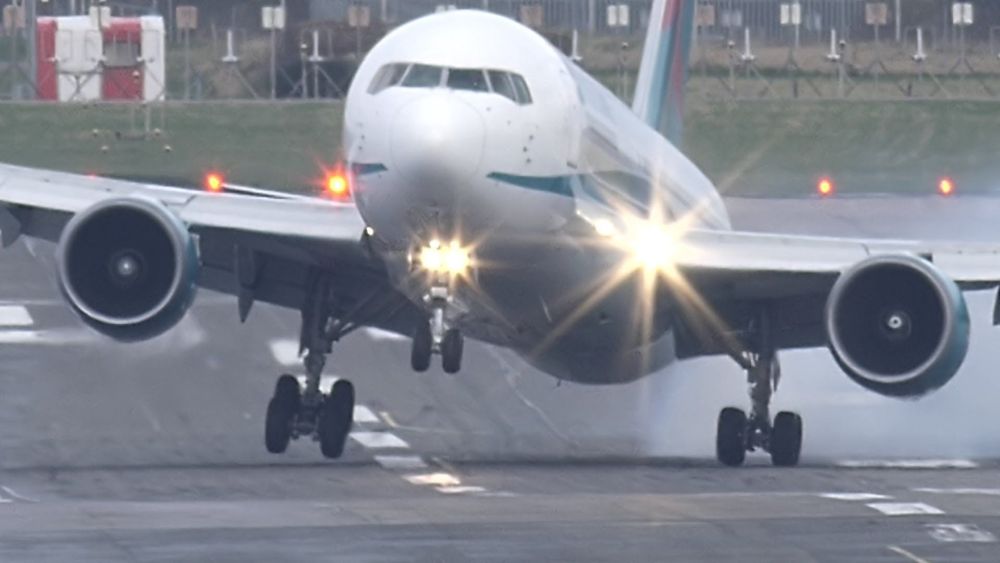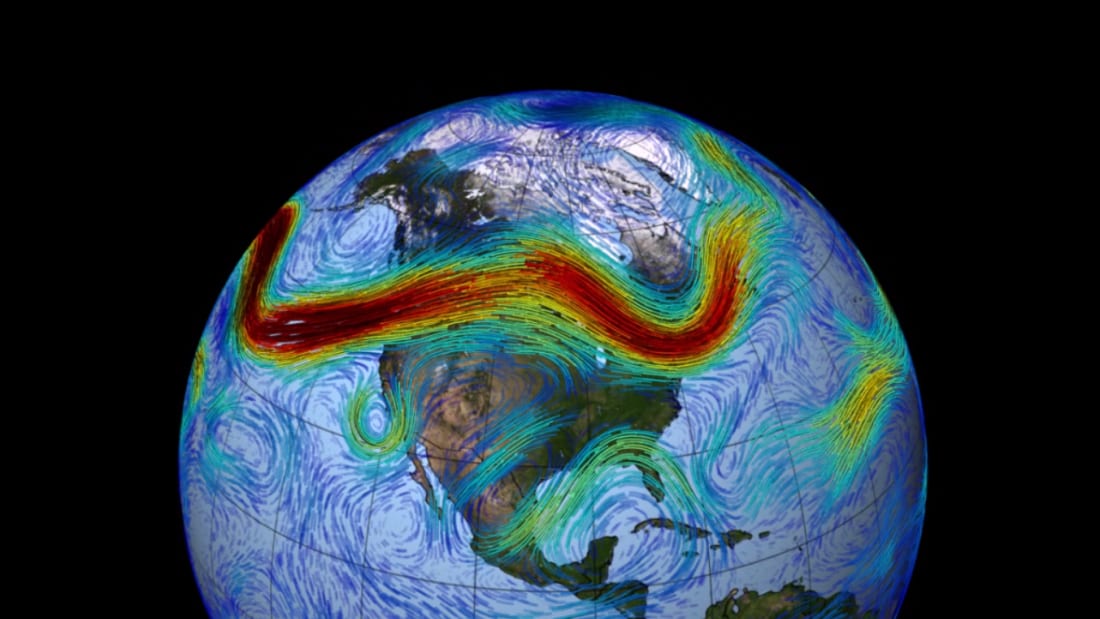Ever been jolted awake on a flight by sudden turbulence? It can be scary, and a new study suggests we might experience it more often. Researchers at the University of Reading in the UK found a significant increase in clear-air turbulence, a particularly hard-to-detect type, between 1979 and 2020. They blame it on climate change.

This invisible enemy of smooth flights is on the rise. The study focused on clear-air turbulence, undetectable by radar unlike storm-related turbulence. This makes it unpredictable and more likely to catch passengers by surprise. On a major flight corridor across the North Atlantic, severe clear-air turbulence increased by a whopping 55% over four decades.

The culprit? Changes in wind speed at high altitudes caused by a warming planet. Our jet streams, the fast-moving currents of air crucial for efficient flight, are becoming more erratic due to greenhouse gas emissions. Greater wind shear, or variations in wind speed, within the jet stream creates bumpier conditions for airplanes.

The consequences of increased turbulence are more than just passenger discomfort. The aviation industry faces significant costs due to turbulence, including aircraft damage and the need to take longer routes to avoid rough air. These costs are estimated in the hundreds of millions of dollars annually in the US alone. There’s also a safety concern. While severe turbulence is rare, clear-air turbulence can strike suddenly, and unbuckled passengers can be injured. The good news is that following safety instructions and keeping your seatbelt fastened throughout the flight can significantly reduce the risk of injury.

